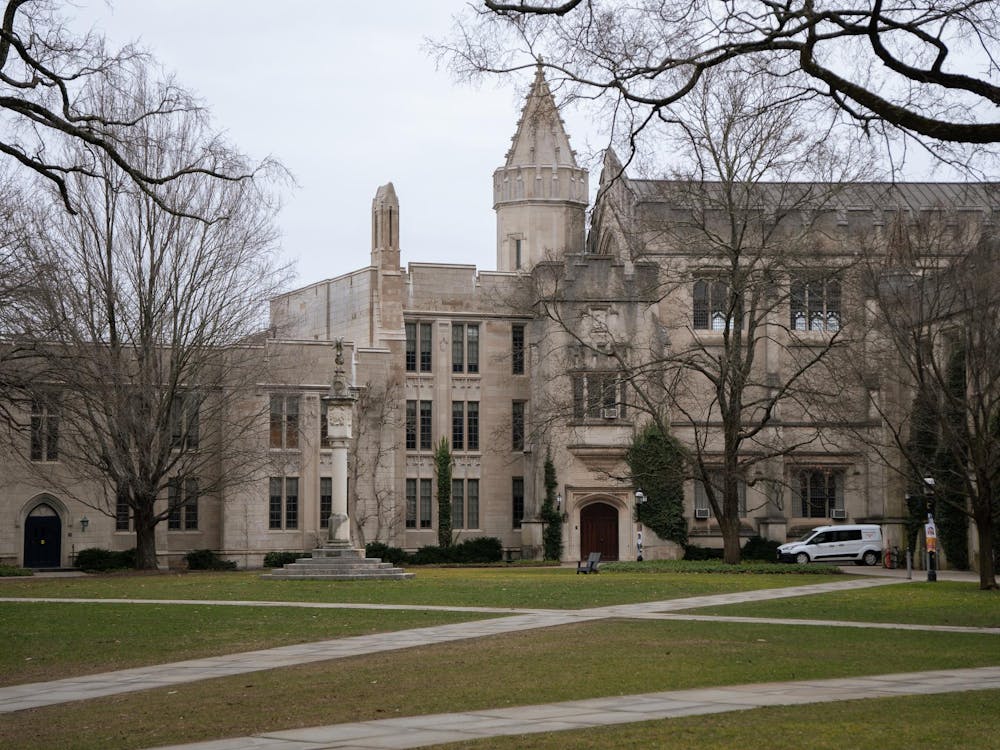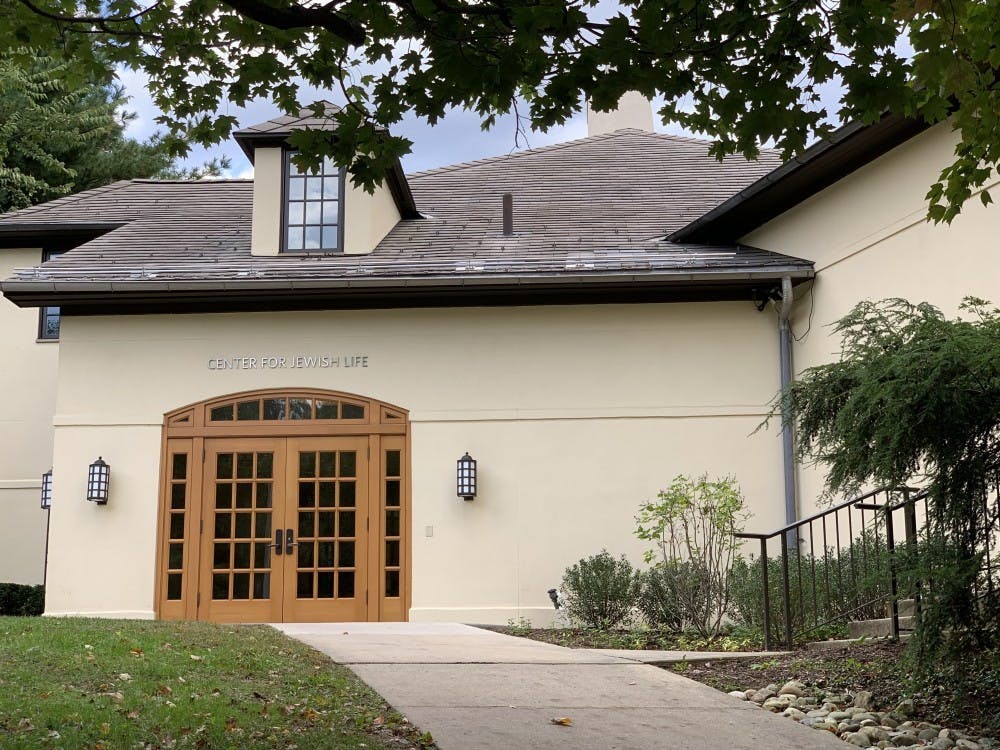I have to be careful in my reaction to this harmonious chorus. Before coming to Princeton, I was a public school teacher and union member for 10 years, the first two of which I was also a Teach for America corps member. During that time, I was often frustrated by what the schools, and the union, could not or would not do for children who needed more. But more often, I was proud to be part of a profession that I believe does a great deal for our nation and grateful for the protection and advocacy that the union provides.
The very unanimity of the current calls for reform should strike us as somewhat suspicious. It is not conspiratorial to suppose that some of those who would disarm the teachers’ unions as a political and economic force are also delighted by the pervasive deunionization of other aspects of our society. As economist Brad Delong recently remarked, “The collapse of unions means that members of Congress, executive branch appointees, journalists and other opinion-makers rarely see people representing the interests of or even knowing much about what is going on in the other 90 percent of the income distribution.” Kitchener bemoans the political influence of the teachers’ unions, but they remain one of the few strong voices for middle-class people in a political system increasingly captured by the rich. The much-criticized power of the teachers’ unions comes primarily from two things: There are a lot of teachers, and they vote. Yes, the unions also give money to candidates, but teachers, disproportionately, are people who show up to political events, volunteer in campaigns and make themselves the kind of constituents that are difficult to ignore. That is democracy, and 3.5 million teachers are not a tiny special-interest group.
We should also be suspicious of the timing of this new consensus against unions. It is no coincidence that “the teachers’ unions’ last stand” occurs at the time of a devastating recession, a time at which the dire fiscal situation of states and municipalities make their calls for drastic cuts in salaries, benefits and job security much more credible. At the same time, a weak job market has pushed many qualified people toward teaching — the magnetic draw of Teach for America on college campuses is not due solely to the resonance of its mission, but also due to a dwindling of alternatives.
Teachers are very important to the lives of children, and if states and districts can get more for their money — better teachers at lower costs — more power to them. But this is not an issue of bad teachers filling our schools, punching a clock and reading the newspaper. The teachers I worked with, union members all, are some of the people I admire most in the world — dedicated professionals who give of themselves every day in every way. There are sociological reasons, I would argue, why teachers are held in disdain. We watch teachers teach more than we watch any members of any other profession perform their duties, and familiarity breeds contempt. Moreover, the increasing separation of children from the adult world (a recent headline in the satirical newspaper The Onion called for children to be “school-homed”), the decreasing proportion of the electorate with children at home, and such competing priorities as ever-rising health-care costs have combined to make education as a whole a dwindling portion of state budgets and an easy political target.
I do not agree with the teachers’ unions in everything. I would like to see more use of value-added measures in determining teacher effectiveness — the tests are better evaluators, most of the time, than principals are, and Kitchener is correct that incompetent teachers should not be allowed to stay in the classroom. But schools that perform well, even on the international measures that obsess our elite, can also be unionized schools. The country that has historically performed best on international tests is Finland, which has a 100 percent unionized teaching force, along with, unsurprisingly, an enviable public-health infrastructure that supports parents and children outside of school.
How we run our schools matters, not just for the future of our economy but for the future of our democracy as well. Students who are interested in this issue should attend this week’s conference titled “Teachers Unions and the Future of the Teaching Profession,” which is sponsored by the Program in American Studies, on Wednesday from 4:30 to 9 p.m. in Dodds Auditorium in Robertson Hall.
Jacob Hartog is a graduate student in the Wilson School from Wisconsin. He taught middle and high school science for 10 years. He can be reached at jhartog@princeton.edu.







